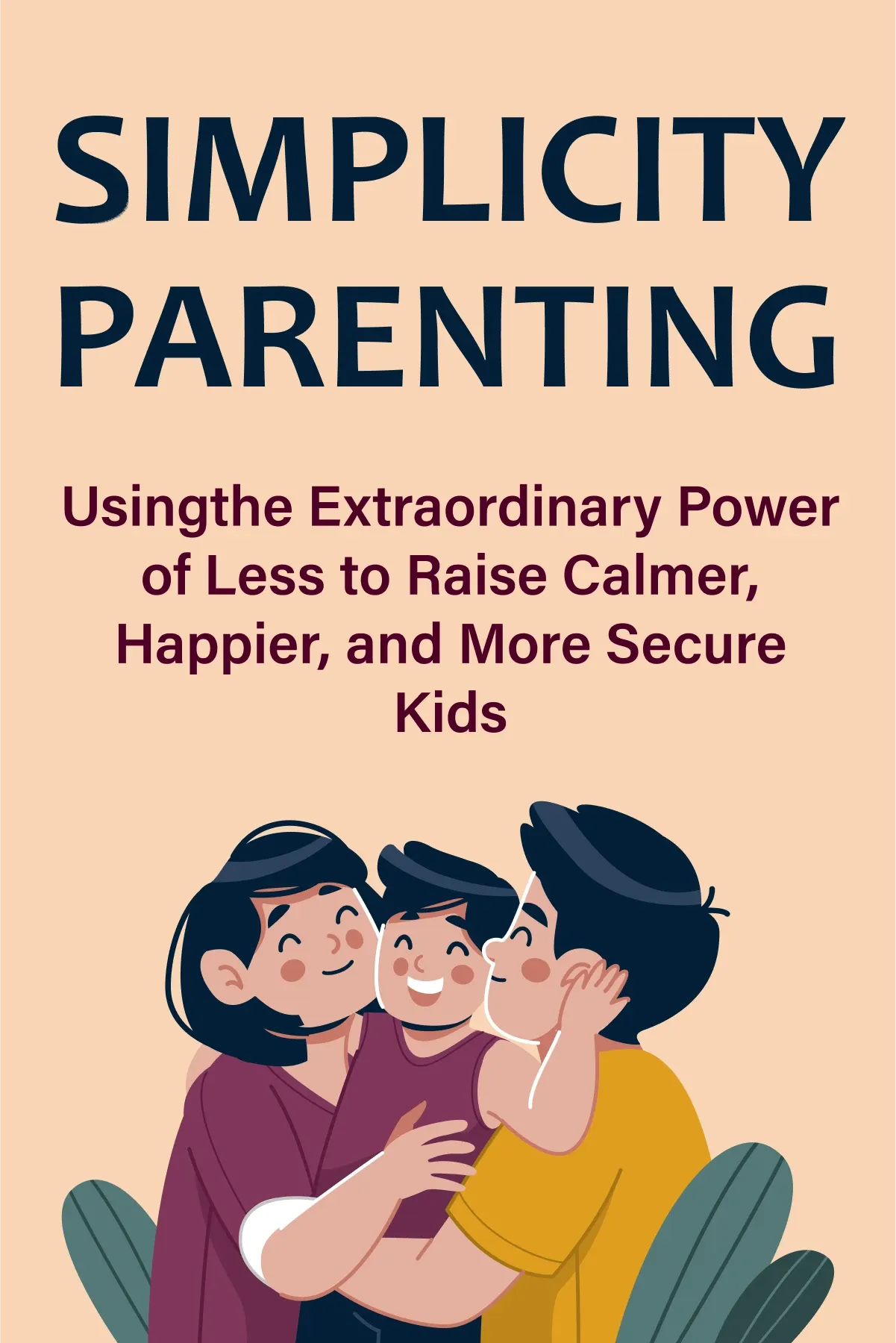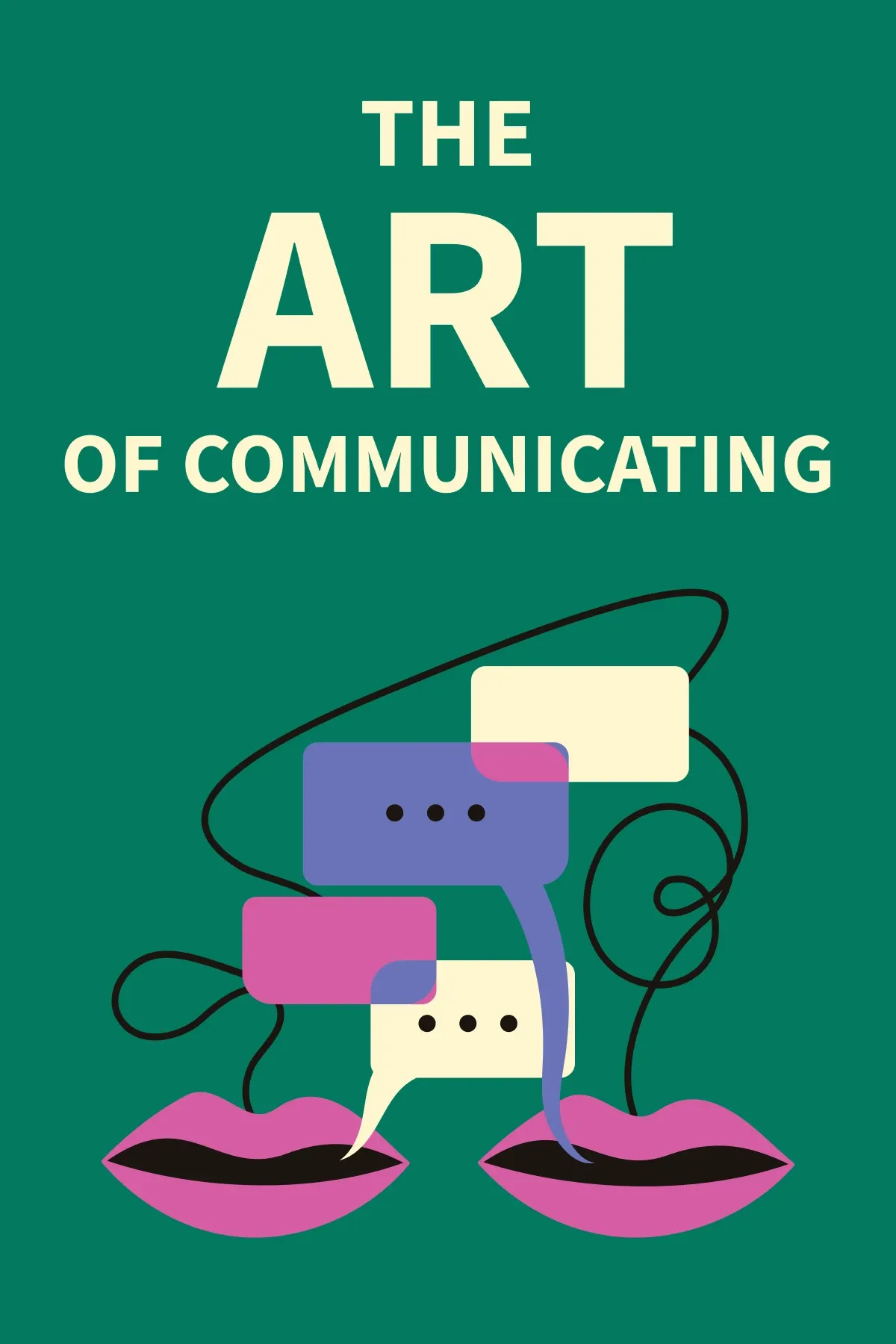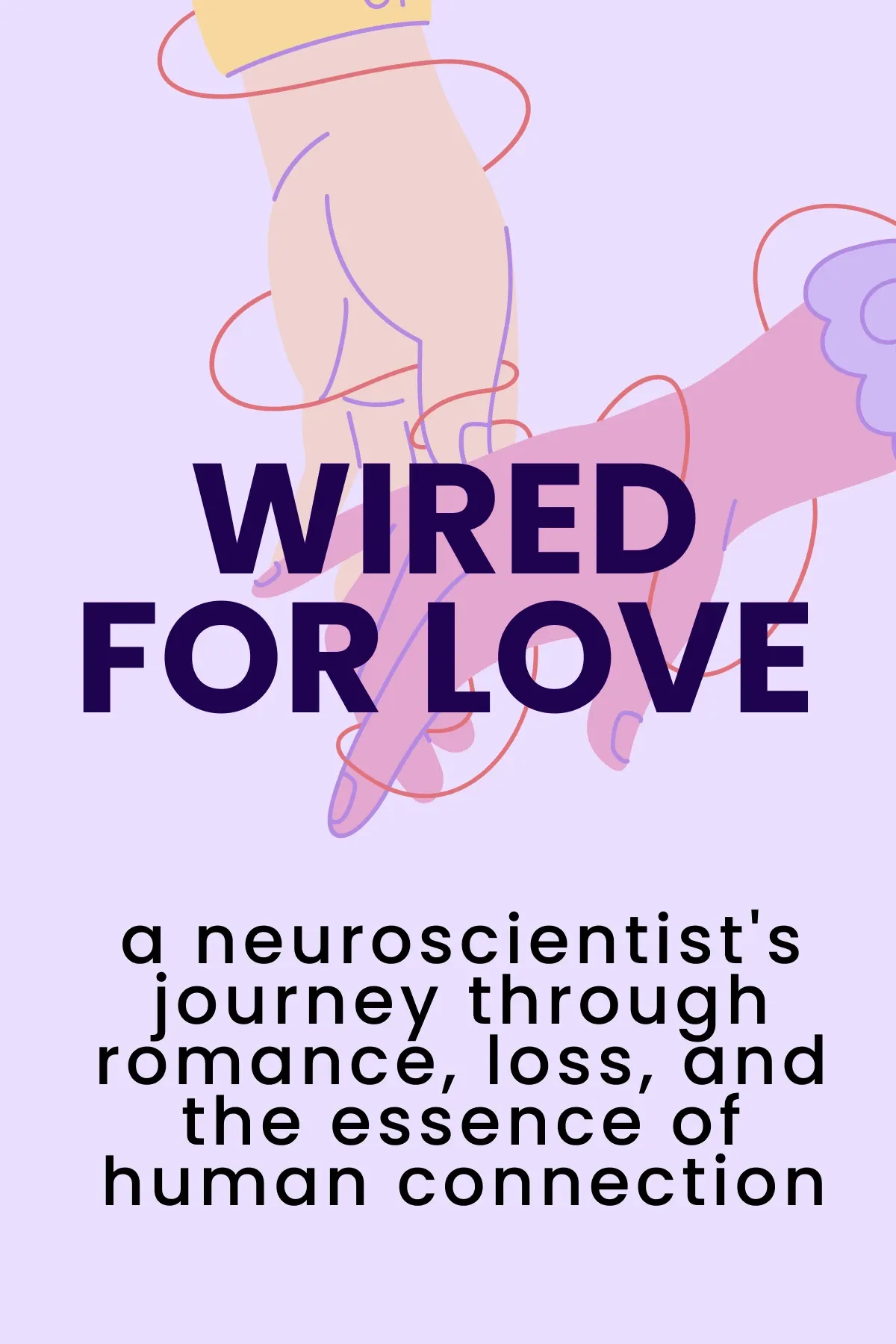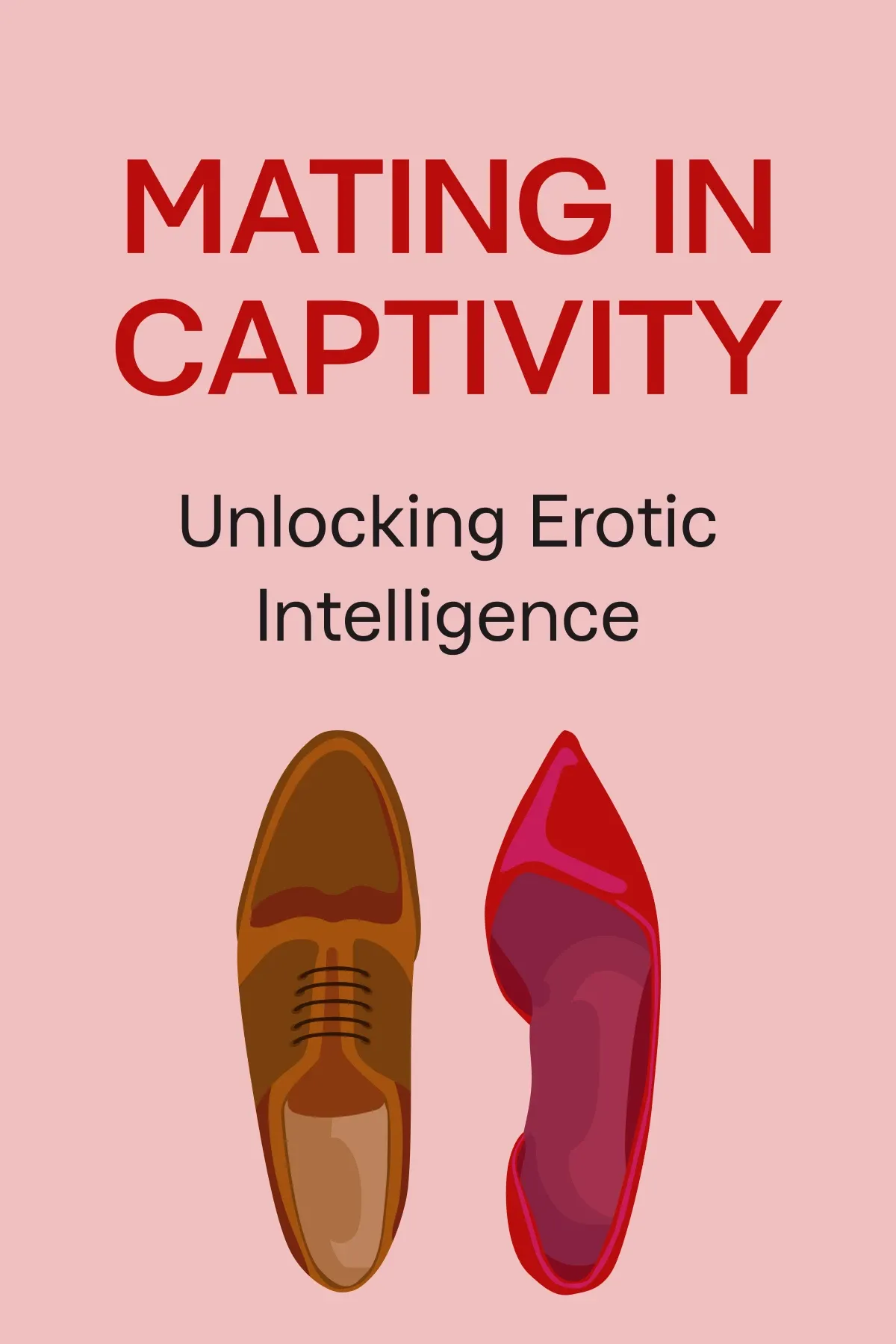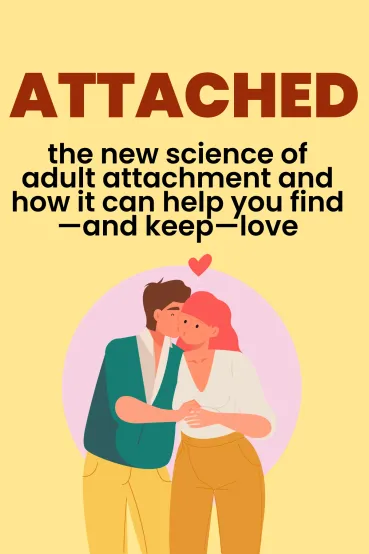
Attached
Brief Summary
“Attached” is an accessible primer to the different attachment types that explores how they behave in the relationships. This book provides guidance on how to build strong and happy relationships for anxious, avoidant, and secure people.
Topics
Key points
Key idea 1 of 9
Regardless of whether you just started dating or already have a lot of experience, we all can be divided into three attachment types: anxious, avoidant, or secure.
The main difference between these three love patterns is how people perceive intimacy. If you avoid intimacy in a relationship and prefer to keep your partner at a distance, you belong to the avoidant attachment category. If you crave intimacy with your partner all the time and worry too much about your relationship, you have an anxious type of attachment. Secure attachment is the golden mean between these two types.
These types of attachment also differ in their ability to express needs and feelings in relationships. According to numerous studies, more than fifty percent of people in society have a secure type of attachment, twenty percent – anxious, and another twenty-five – avoidant. The few remaining percent of people have something of a mixed attachment type.
Where does our type of attachment come from? The answer is simple: it stems from childhood. Usually, the reason is the way your parents treated you. If they were sensitive and responsive, most likely, you have a secure type of attachment. If, on the contrary, they were emotionally unavailable and kept you at a distance, this could contribute to the avoidant attachment. People whose parents were at their tea parties in childhood, but not all the time, usually have an anxious type of attachment.
Understanding how attachment theory works allows you to predict other people's behavior and understand why they behave the way they do. It can also come in handy to control your behavior in a relationship if you notice destructive scenarios.
Most people unconsciously live according to their type of attachment. Sometimes, they struggle to understand the cause of their relationship problems. Being aware of your attachment style allows you to explore your romantic behavior and not repeat the same mistakes. So, let’s take a closer look at each type of attachment.
You may also like these summaries


